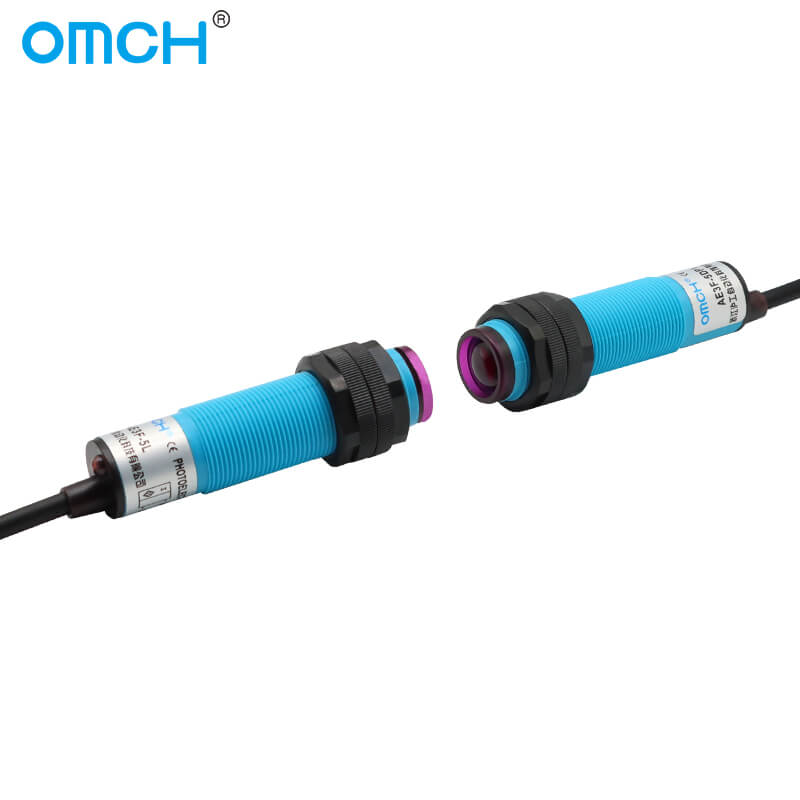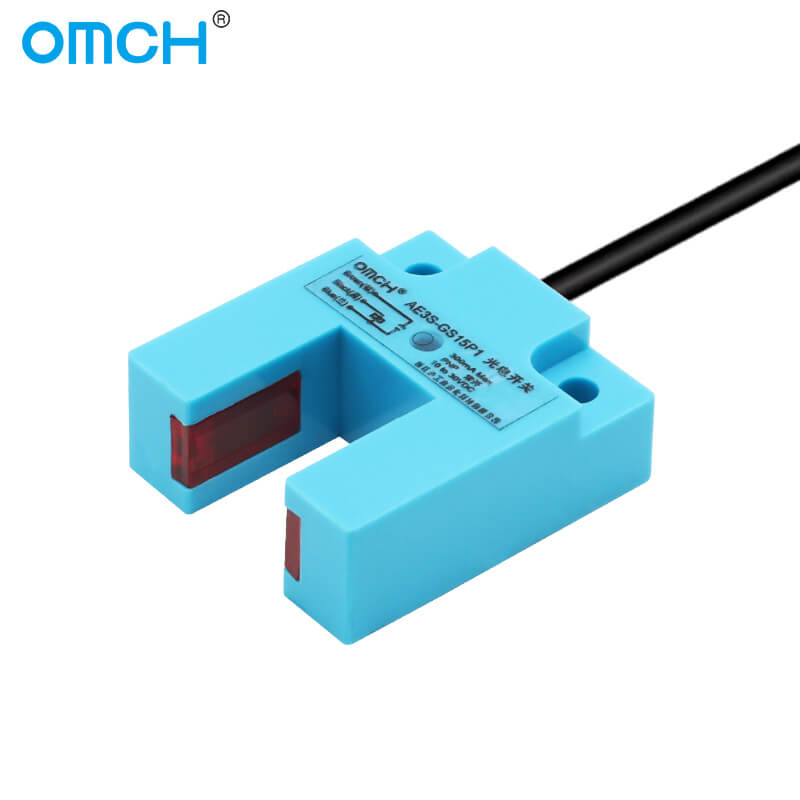What Is The Photoelectric Sensor?
The photoelectric sensor is a type of sensor that converts the change in light intensity between the transmitting and receiving ends into a change in current for the purpose of detection.
Since the photoelectric switching output circuit and the input circuit are electrically isolated (i.e., electrically insulated), it can be used in many applications. A new generation of optoelectronic switching devices using integrated circuit technology and SMT surface mounting process, with time delay, broadening, external synchronization, anti-interference, high reliability, work area stability, self-diagnosis, and other intelligent functions.
This novel photoelectric sensor is a pulse-modulated active photoelectric detection system type electronic switch, it uses the cold light source has infrared light, red light, green light, and blue light, etc., can be non-contact, non-invasive to quickly and control a variety of solid, liquid, transparent body, black body, soft body, smoke, and other substances state and action. Small size, many functions, long life, high precision, fast response time, long detection distance, strong resistance to light, electricity, and magnetic interference.
How Does The Photoelectric Sensor Work?
Photoelectric sensor working principle: It consists of two parts, the light source and the light receiver. The light source and receiver are assembled in the same enclosed housing, separated from each other by a transparent insulator. The pin of the light source is the input, the pin of the photoreceptor is the output, the common light source is the light-emitting diode, the photoreceptor is the photosensitive diode, photosensitive triode, etc.
In the input of the electric signal to make the light source emitted, the intensity of light depends on the size of the excitation current, this light is irradiated to the package together on the photoreceptor, due to the photoelectric effect and the light current, led by the output of the photoreceptor, so as to achieve the conversion of electricity a light a power.








